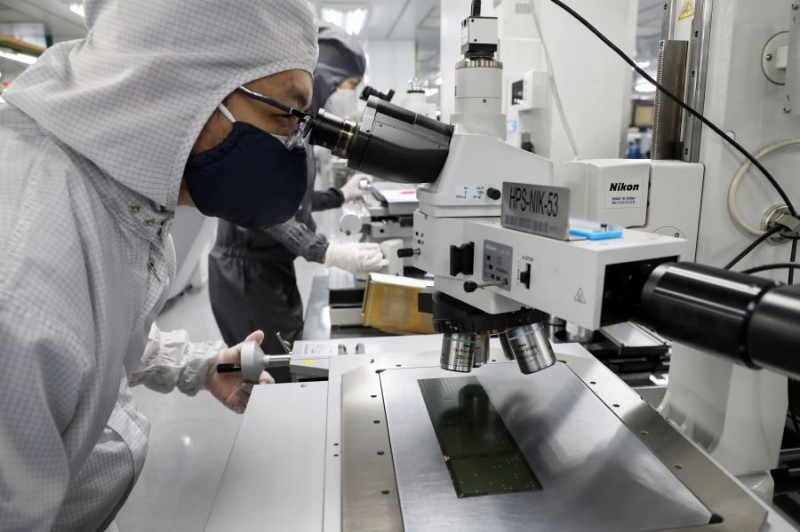
Image credit: NST
KUALA LUMPUR: The formulation of a comprehensive semiconductor plan is timely for Malaysia to secure a position at the forefront of the global supply chain, according to InvestPenang CEO Loo Lee Lian.
She said environmental, social, and governance elements, such as net zero carbon emissions as well as sustainable energy and water, must be abided by under the strategic plan.
Clear objectives and milestones should be incorporated into the strategic plan as it is vital to ensure that its execution and results follow existing international standards, she added.
“Malaysia, including Penang, is in a sweet spot to attracting semiconductor industry players given the nation’s neutrality during the United States-China trade war, which allows the nation to host semiconductor companies from the US and China, as well as other nations, so they can invest and operate within the country,” she told Bernama.
Furthermore, Loo said, the success of the upcoming semiconductor strategic plan depends on the availability of talent and encompasses a national talent blueprint to address human capital strategies in alignment with the New Industrial Master Plan 2030 (NIMP 2030).
She said the blueprint’s vision should focus on building a high-skilled workforce to support the semiconductor industry’s rapid development.
“Hence, the blueprint should address the issues that caused the talent availability and the readiness of the workforce in science, technology, engineering, and mathematics, such as skill mismatch, brain drains, availability of upskilling or reskilling programmes, the restrictive hiring process for expatriate and relevance of syllabus in universities,” she said.
Echoing this, Malaysian Semiconductor Industry Association president Datuk Seri Wong Siew Hai said the plan should focus on nurturing local enterprises and increasing their market competitiveness at the international level.
“The government should also consider a robust framework for upskilling and rescaling Malaysia’s workforce, ensuring it can meet the advanced demands of the semiconductor industry.
“This focus on education will aim to provide Malaysians with the skills needed to drive innovation and maintain the country’s competitive advantage,” he added.
Wong also said the government should be aware of the need to improve web infrastructure, a move that will support the high-tech needs of the semiconductor industry and ensure smooth operations for businesses growing in the sector.
This will likely involve improvements to digital connectivity and access, enabling efficient and uninterrupted operations essential to high-tech manufacturing and development, he said.
“The government’s strategic focus on company development, workforce education and infrastructure improvement put Malaysia on a good track to achieve higher revenue and exports for the sector,” Wong said.
On April 16, Prime Minister Datuk Seri Anwar Ibrahim said the strategic plan will include a more attractive incentive package to enhance the inclusion of strategic investments in high-tech semiconductors, particularly to encourage more front-end activities in the semiconductor industry in Malaysia.
He said this is important to attract the interest of various international semiconductor companies to establish high-quality semiconductor manufacturing facilities in Malaysia.
Investment, Trade and Industry Minister Tengku Datuk Seri Zafrul Abdul Aziz said the semiconductor strategic plan aligns with the initiatives under NIMP 2030.
He said the plan is important to attract the interest of various international semiconductor companies to transfer or establish their respective high-quality semiconductor manufacturing facilities in Malaysia.
Rated sixth in the world for semiconductor exports, Malaysia reportedly has 7.0% of the global market share.
The local semiconductor sector showed its tenacity last year when exports dropped only 3% from RM595 billion in 2022 when global industry sales dipped 8.2%.
As for companies preparing for future growth, the global semiconductor sector’s revenue is projected to increase to a staggering US$1 trillion (RM4.77 trillion) by 2030, compared with US$575 billion currently.
Source: https://thesun.my/business/strategic-plan-for-malaysian-semiconductor-industry-timely-investpenang-ceo-IH12406349

